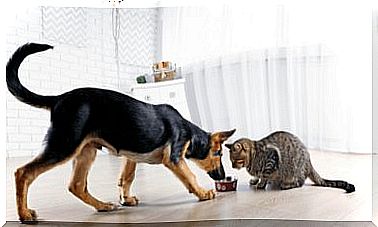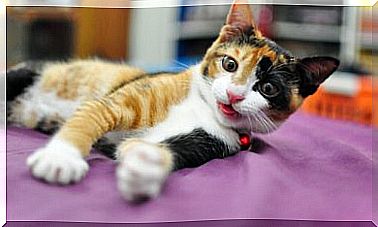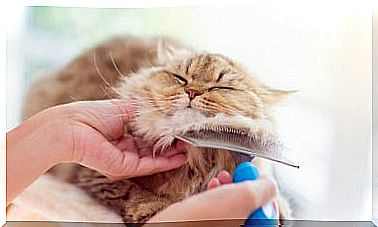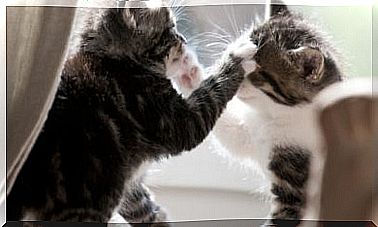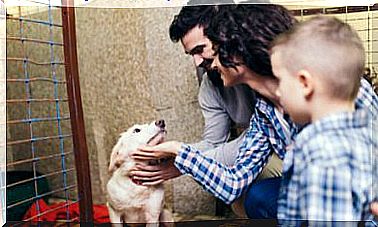Sedentary Lifestyle In Your Pet

Modern life has affected pets as well, and reduced physical activity is a dangerous reality of your home life. Sedentary lifestyle in your pet represents severe risks to their physical and mental health.
Next, we invite you to understand what sedentary lifestyle is and what its effects are on your pet’s body.
What is sedentary lifestyle?
Sedentary lifestyle is a synonym for an inactive lifestyle, which is basically characterized by the absence of physical activity. Sedentary individuals are those who do little or no exercise and spend too much time sitting or lying down.
Scientific studies are overwhelming: whether we are adults or children, every day we become more sedentary. Young people have stopped having fun running, jumping and moving, to prefer video games, series and television programs. Adults work more and more hours sitting in front of a computer or other smart devices.
Our way of commuting daily has also become more sedentary. Cars, trains, taxis, buses, subways… They can all be comfortable and fast, but they contribute to an inactive life.
If we think about the exercise that involves, for example, going to work by bicycle, we understand the sedentary lifestyle that is implicit in the most modern means of transport.
Our long hours at work cause us to spend too much time sitting and have little opportunity to exercise. At the end of the working day, the few free moments are usually dedicated to rest and the responsibilities of personal or family life. But we are not the only ones who suffer with sedentary lifestyle …

Pets and sedentary lifestyle: the dangerous modern life of domestic animals
While we face a long workday, our pets are subjected to long hours of solitude and sedentary lifestyle. Today, most pets get little daily physical exercise. For much of their day they are sleeping or overcoming boredom with a toy or accessory.
Who thinks that sedentary lifestyle can only affect human beings is wrong. Domestic animals and wild species in captivity also experience the effects of an inactive life on their own bodies. And the symptoms do not take long to appear.
Symptoms of sedentary lifestyle in your pet
One of the first visible signs of an inactive life in pets is weight gain. By not exercising, animals gain weight easily and become less involved in their daily activities. A sedentary lifestyle also favors the loss of muscle mass and decreases body resistance, which leaves your body weaker.
Furthermore, behavioral problems and destructive behaviors are more common in sedentary animals. Inactive pets can show symptoms of anxiety, boredom, and accumulation of stress. In some cases, this also implies increased aggressiveness in relation to people and other animals.

The risks of sedentary lifestyle in your pet
Obesity and sedentary lifestyle appear as risk factors for the health of our pets. Numerous diseases, such as diabetes, hypertension and heart disease, are more frequent in inactive animals; Furthermore, overweight pets are more prone to developing joint problems.
On the other hand, the lack of physical activity usually has a negative impact on the mental health of our pets. The accumulation of tension and stress favors the development of stereotypes and obsessive compulsive disorder (OCD). With this, a sedentary animal will hardly have a healthy social life, and will not find the opportunity to develop its cognitive, emotional and social skills.
Tips to combat sedentary lifestyle in your pet
- Regular physical activity : For dogs, the ideal is to take three walks a day, 30 to 40 minutes each. Pets that do not exercise outdoors should have an enriched environment to remain physically and mentally stimulated.
- Balanced diet : all animals need complete and balanced nutrition to remain active, happy and healthy. Therefore, it is essential to have the guidance of a veterinarian to offer the best diet for your pet.
- Preventive medicine : our pets must have adequate preventive medicine to maintain their good health. This should include making visits to the vet every six months and respect the timetable d and periodic vaccination and deworming.
- Social life: In general, it is easier to offer a positive social life to animals that take regular walks outdoors. However, all pets should have the opportunity to develop their emotional, cognitive and social skills.

